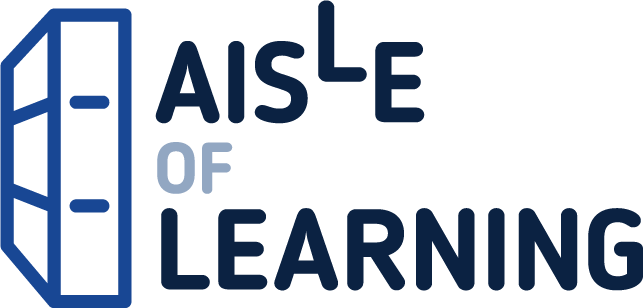If you want to learn how to program, working with Python is an excellent way to start. This hands-on guide takes you through the language a step at a time, beginning with basic programming concepts before moving on to functions, recursion, data structures, and object-oriented design. This second edition and its supporting code have been updated for Python 3. Through exercises in each chapter, you’ll try out programming concepts as you learn them. Think Python is ideal for students at the high school or college level, as well as self-learners, home-schooled students, and professionals who need to learn programming basics. Beginners just getting their feet wet will learn how to start with Python in a browser. Start with the basics, including language syntax and semantics Get a clear definition of each programming concept Learn about values, variables, statements, functions, and data structures in a logical progression Discover how to work with files and databases Understand objects, methods, and object-oriented programming Use debugging techniques to fix syntax, runtime, and semantic errors Explore interface design, data structures, and GUI-based programs through case studies
Think Python: How to Think Like a Computer Scientist
$57.17
This book serves as a beginner’s guide to computer programming fundamentals using the Python language.
Additional information
| Weight | 0.47 lbs |
|---|---|
| Dimensions | 17.8 × 1.6 × 23.3 in |
Think Python: How to Think Like a Computer Scientist
$34.73
This guide teaches fundamental programming concepts and computational thinking using the Python language, establishing a strong foundation for computer science education.
Python is an excellent way to get started in programming, and this clear, concise guide walks you through Python a step at a time–beginning with basic programming concepts before moving on to functions, data structures, and object-oriented design. This revised third edition reflects the growing role of large language models (LLMs) in programming and includes exercises on effective LLM prompts, testing code, and debugging skills. With this popular hands-on guide at your side, you’ll get: A grounding in the syntax and semantics of the Python language A clear definition of each programming concept, with emphasis on clear vocabulary How to work with variables, statements, functions, and data structures in a logical progression Techniques for reading and writing files and databases A solid understanding of objects, methods, and object-oriented programming Debugging strategies for syntax, runtime, and semantic errors An introduction to recursion, interface design, data structures, and basic algorithms How to use LLMs–including effective prompts, testing code, and debugging And more
Additional information
| Weight | 0.522 lbs |
|---|---|
| Dimensions | 17.8 × 1.8 × 23.3 in |
Reviews
There are no reviews yet.











Reviews
There are no reviews yet.